Table Of Content
It’s a never-ending debate regarding the effectiveness of HTML sitemaps for SEO and your business.
And it’s still stirring up passionate opinions among experts in the field.
While some argue that these sitemaps offer great benefits in optimizing websites for search engine visibility, others still need to be convinced.
Ultimately, it’s up to experts to determine the real value of HTML sitemaps in SEO strategies.
Some people may be hesitant to incorporate a sitemap into their website.
However, XML sitemaps are incredibly useful for users, and there is no good excuse not to have one. What’s more, if they offer additional SEO value, that’s simply the icing on the cake!
Having a sitemap on your website is like having a roadmap for your visitors’ journey. It helps them easily locate the information they need; if they can’t find it via the dropdown menus or on-site search, they can always turn to it for assistance.
It offers a convenient way to direct them in the right direction and save their precious time. In this article, we want to delve into the importance of your website sitemap – the blueprint for your project and your business’s inherent foundation.
Click Here To Read Out: Step-By-Step Strategy For Creating a Perfect Favicon
What Is XML Sitemap?
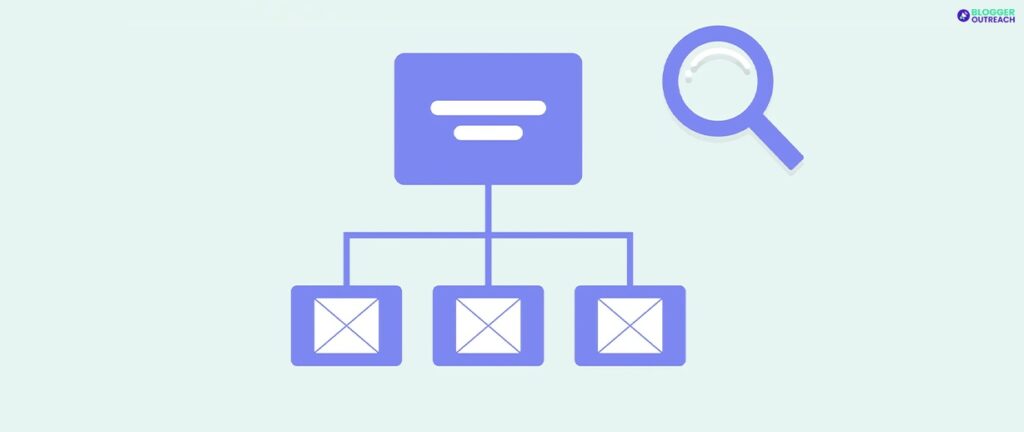
To start, XML sitemaps are an invaluable information source that keeps search engines informed about all the content on your website.
An XML sitemap is essentially a listing of all the web pages on your site – if you want it to appear in a search engine, you must include all the webpages in your XML sitemap.
With this handy tool, you can ensure that your most important pages are indexed and easily found, helping you stay ahead of the competition.
A solid sitemap gives your project direction, focus, and clarity; it’s one of the most important steps in building your business.
If you’re getting to grips with an XML sitemap, you may start to hear the terms ‘crawling’ and ‘indexing’ thrown around.
But do you know what they refer to?
Crawling helps Google to identify the fresh content and updates to existing content on your website, and with the help of an XML sitemap. it can make sure that everything is properly organized and indexed. This can make a huge difference in visibility, helping you to get more eyes on your content.
Once the Google crawler has explored a web page, the page is marked as indexed and shown in Google search results. This process, known as indexing, is indispensable for ensuring that websites are discoverable to the wide range of internet users using Google as their search engine.
Why Do You Need An XML Sitemap?
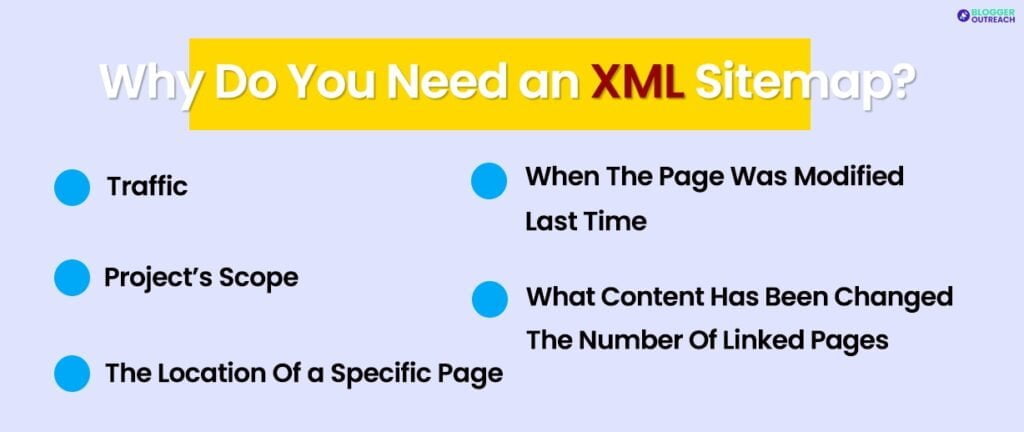
Now, let’s keep a closer eye on the benefits of having an XML sitemap:
1. Traffic
Having a sitemap can help search engines understand the structure of your website, including all of the pages and content you have available to be crawled and indexed.
This makes it much easier for search engines to navigate your website and process the information you offer.
Sitemaps are a great way to ensure search engines have access to all the content on your site so that they can find and index it appropriately.
2. Project’s Scope
While people often overlook the consequences of having a large sitemap, it can have a significant effect on the scope and budget.
It also affects other aspects of the project, from SEO and content writing to project management.
Each additional page requires a range of tools which may take time to be obvious.
To get the most out of a project, it’s important to have a detailed understanding of the sitemap and its requirements.
3. The Location Of A Specific Page
One of the key benefits of having an XML sitemap is that it makes it easier for search engines to find and crawl all the pages on your website.
The sitemap provides a clear and concise directory of your site’s structure, which can help search engines locate and index your content more quickly and accurately.
4. When The Page Was Modified Last Time
Another benefit of having an XML sitemap is that it allows you to track the last time you modified your pages.
This information can be particularly useful if you’re regularly updating your site’s content and want to ensure that search engines are aware of these changes.
5. What Content Has Been Changed
Besides tracking when pages were last modified, an XML sitemap can also help you monitor the modified content on each page.
This information can be useful for identifying which pages need updates or improvements and can help you prioritize your content creation efforts.
6. The Number Of Linked Pages
Finally, an XML sitemap can help you identify your website’s number of linked pages.
This information can be useful for understanding the size and complexity of your site and identifying any broken or missing links that may be impacting your site’s performance.
XML Sitemaps Good Practices
When it comes to sitemaps, there are some key factors that you need to follow. Here are they:
1. Create Your Sitemap Right Away
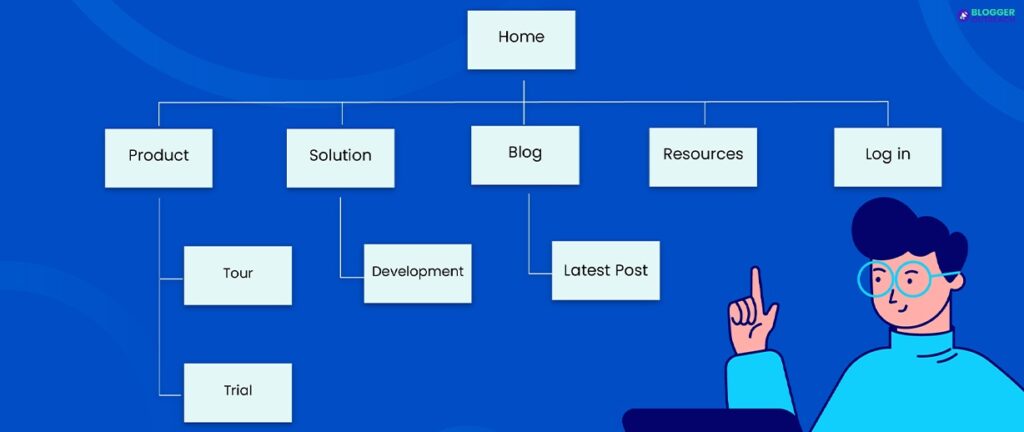
We recommend creating a website XML sitemap immediately after adding multiple posts is important.
Once you have constructed the map, you should submit it to the relevant search engine tools to maximize the chances of your website being found.
Doing this will help ensure your website succeeds and is visible to potential customers.
By including internal links on your website, you can help search engines understand the full scope of your content, highlighting which pages are the most important.
This could improve your website’s visibility in search results and make it easier for search engines to find the content your visitors are looking for.
2. Test Your XML Sitemap
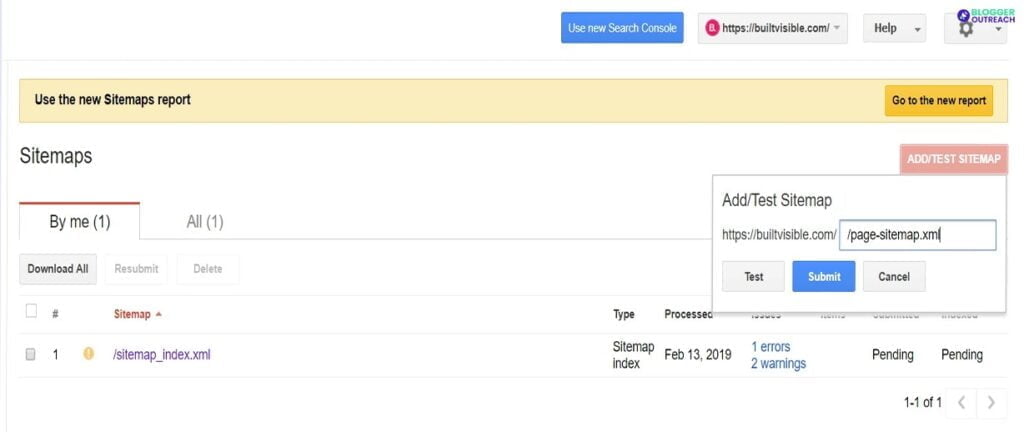
It’s absolutely essential to ensure that your XML site map is working correctly, especially when you add new information to your website.
After all, the site map is what helps search engines locate and index what is on your website, so it’s important to make sure that it is as accurate and up-to-date as possible.
To ensure this, try to find a suitable tool that can check not just the functionality but also the legibility of your new XML site map, and you can rest assured that it will be indexed correctly.
3. Use Noindex And Follow Tags

Search engines are smart, and they can still find webpages even if you forget to include the page URL in the site map. The search engine can trace the page through internal or external links.
However, if you don’t want a certain URL to display on a search result, you can add the NOINDEX and FOLLOW tags to the URL. This is pivotal if you have a page that only needs to be viewed once, such as a purchase confirmation page. Adding these tags will ensure it is hidden from search results, making the customer journey more secure.
4. SEO-Optimized Pages Makes Sense

Search engines are incredibly important for making sure your website is visible. Still, if they can effectively crawl your site, then it’s likely that your web pages will receive the attention they deserve.
This will negatively impact your crawling, which can significantly impact your site’s overall success.
Here, it would help if you maximize the exposure of your high-quality pages by focusing on pages relevant to SEO.
This holds for larger websites that may have thousands of URLs to work with.
By ensuring that these pages are as visible as possible, you can maximize your “crawl budget” and consequently increase the likelihood of your website appearing in search engine rankings.
5. Fix Website Issues And Errors
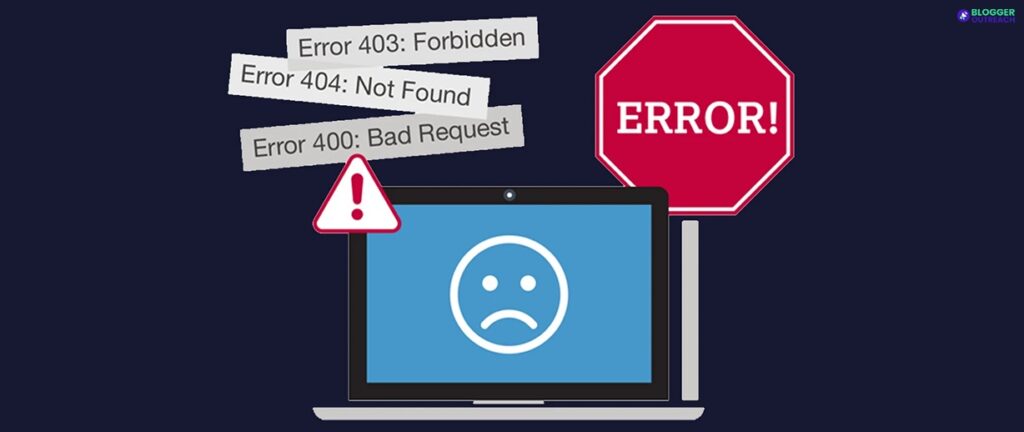
When dealing with the poor-quality site, search engines are incredibly strict. So it’s vital that you pay close attention to every detail of your website and note any error reports that come through.
It may be a good idea to address any issues quickly to maintain your website’s ranking on search engine results pages and ensure they don’t grade your website too harshly.
Luckily, there are plenty of free tools out there that can analyze your site map and help identify any errors that you might have missed.
6. Your Site’s Robots.txt Must Be In Line With Your Map Information
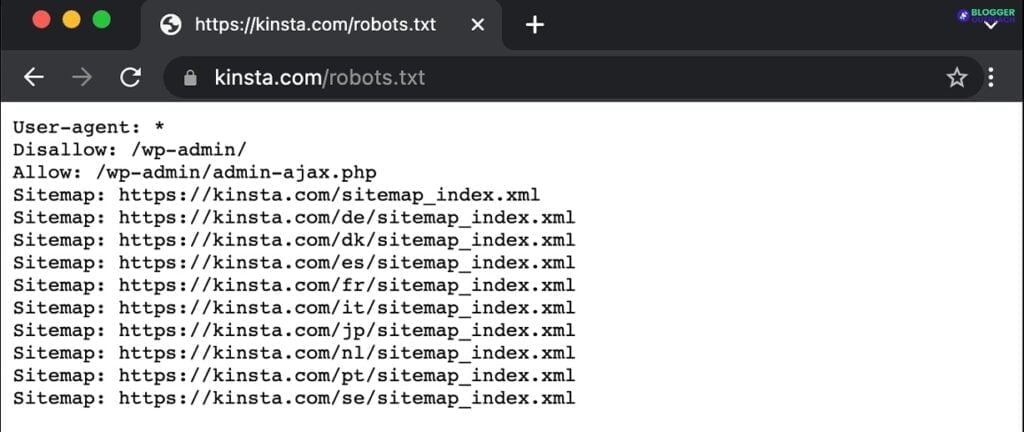
If your XML site map says that one page is essential, it must be accessible to search engine robots. Contradictory information between your site map and robots.txt can lead to misunderstandings and potentially hurt the SEO performance of your website.
To avoid this, it’s important to ensure that the content of your XML site map and robots.txt are in harmony. Taking this extra precaution will ensure that you get the best results regarding SEO and your XML site map.
7. Evaluate The Information

To ensure an SEO-Optimized website for visibility and optimum experience, all information on every webpage must be accurate.
This means checking that the page’s web address, title, and content all match. Furthermore, make sure the content is relevant and up-to-date. By ensuring this information is correct, search engines and readers will more easily understand what they should expect to see when accessing your website.
Ready To Create Your XML Sitemap?
Creating XML sitemaps may not be as daunting as some people perceive, regardless of whether you are a first-time user or have prior experience. Therefore, don’t consider it as an obstacle.
It is a great way to improve your website’s visibility and organic ranking. If you are new to this, don’t fret! We are a leading SEO company with a track record of helping clients create and maintain effective XML sitemaps to get their websites better visibility and organic rankings.
So, why wait? Create an XML sitemap right away and see the amazing results it brings in. If you already have an XML sitemap, great!
All you need to do is to make it easier for Google to crawl by updating the file. And if you have any doubt, we have experts who can guide you throughout the process and ensure you create an effective XML sitemap for your website.
So, are you ready to create xml sitemap?
Read Also:








